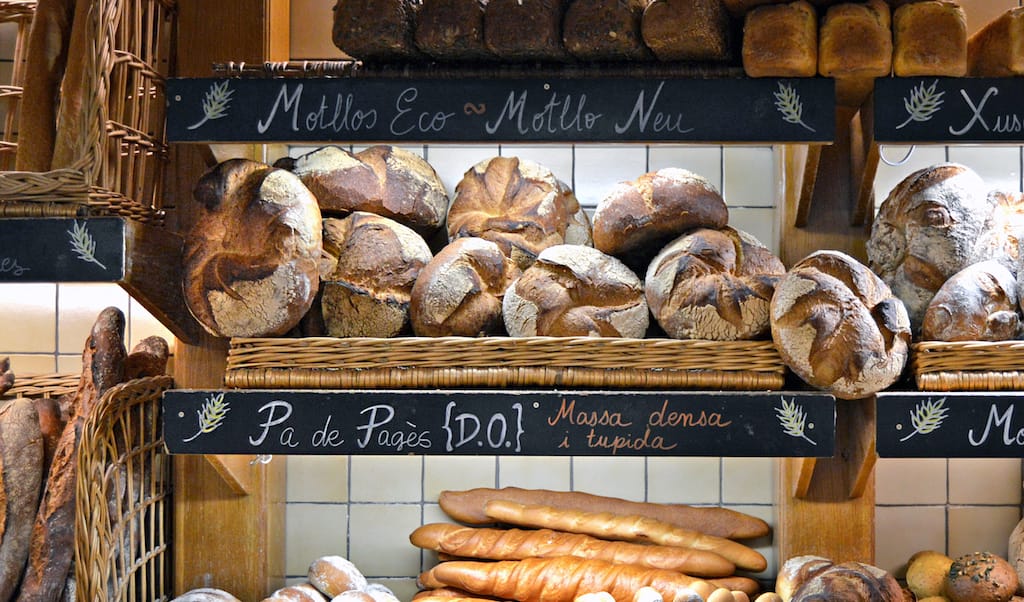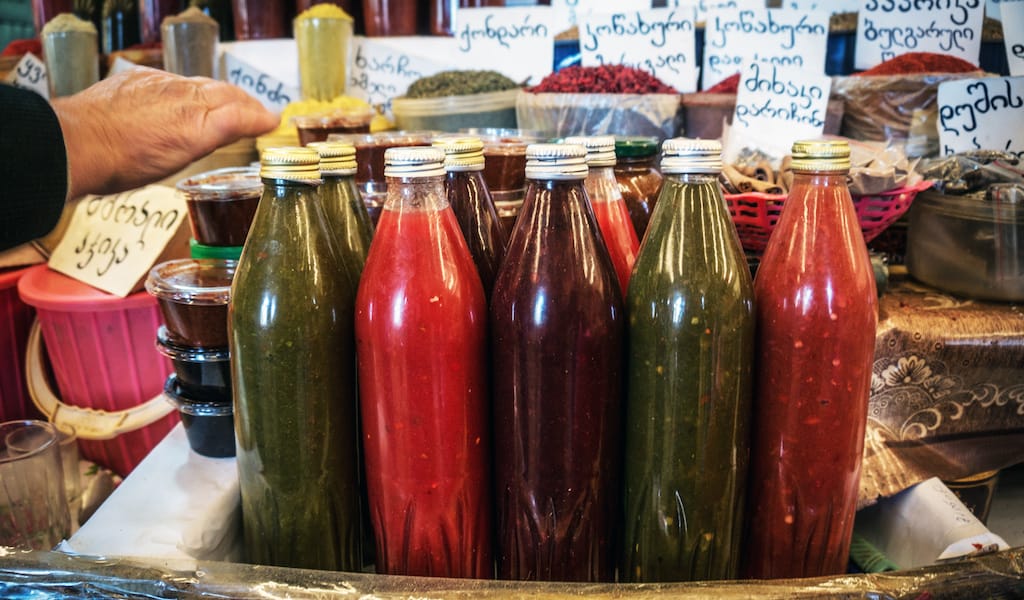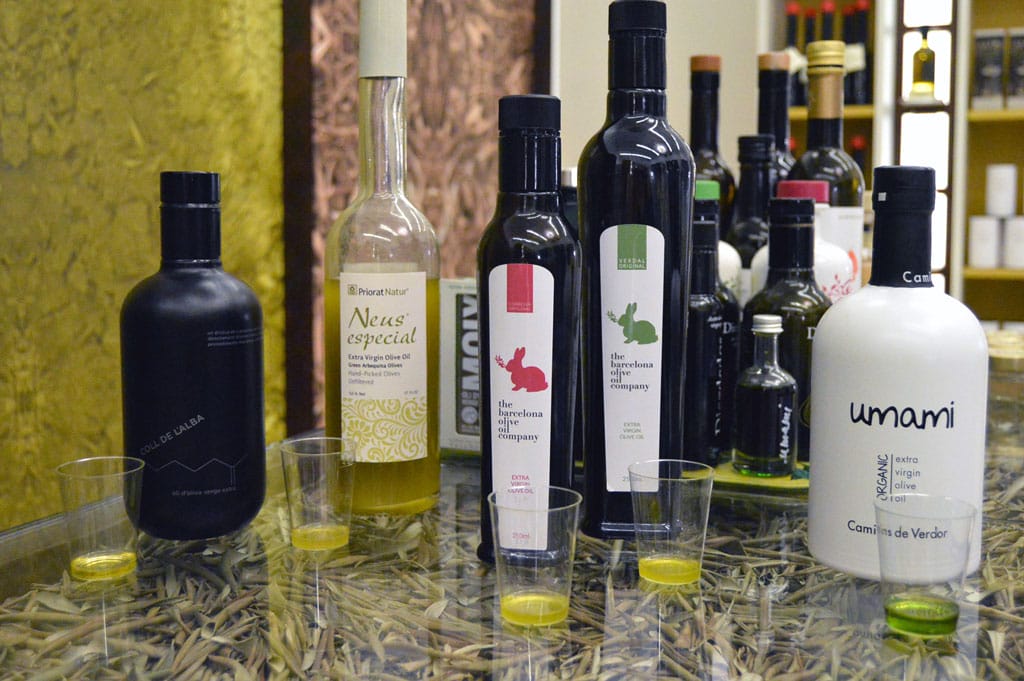While English speakers “bring home the bacon,” Spaniards “bring home the bread.” Indeed, bread plays a central role in Spanish and Catalan cuisine, acting almost as an essential ingredient in its own right, rather than simply playing the role of sidekick to other dishes.
In Catalonia there are hundreds of bread varieties that are readily available, yet it is the rustic pa de pagès, “farm bread,” that is king.
Take the iconic pa amb tomàquet, bread rubbed with tomato, olive oil and salt, used in sandwiches and as an accompaniment for tapas and meals. While all sorts of loaves can be used for this humble yet essential dish, afficionados consider pa de pagès to be the best.
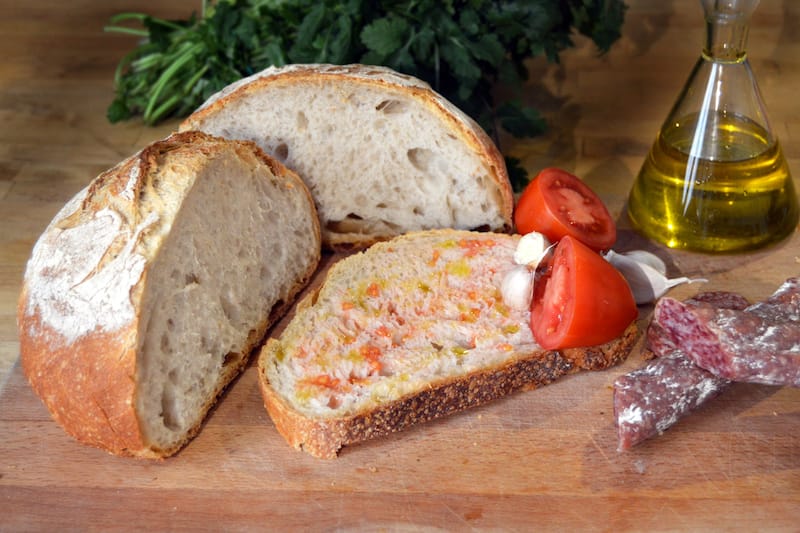
Catalan farm bread is round with a thick, crunchy and toasted crust and a white and tender crumb dotted with large uneven holes. The folds of the dough are on the top part of the bread, giving the loaf a rustic appearance. It is made of wheat and rye flours, water, salt and natural yeast, giving it a great aroma and a tasty flavor with subtle hints of acidity. Thanks to its sponginess, it is also the perfect bread to dip in traditional stews and sauces.
A slice of pa de pagès can inspire nostalgia in Catalans who are older than 40, taking them back to their childhoods and, in particular, an after-school snack that has since disappeared in favor of industrial pastries and energy bars: the suca-mulla, bread drizzled with red or rosé wine and sprinkled with sugar.
Yet in spite of bread’s constant presence on the dining table, it has not always been easy for Catalans to stock their pantries with this staple.
There’s an old saying that goes “Els catalans de les pedres en fem pans,” which means in English, “We Catalans make bread out of stones.” According to some philologists, this idiom may have appeared during the fierce economic repression carried out by the Bourbon royal authorities in Catalonia, after they won the War of the Spanish Succession (1701-1714). Their victory led to a strict taxation system that choked Catalonia, causing the abandonment of many villages and towns.
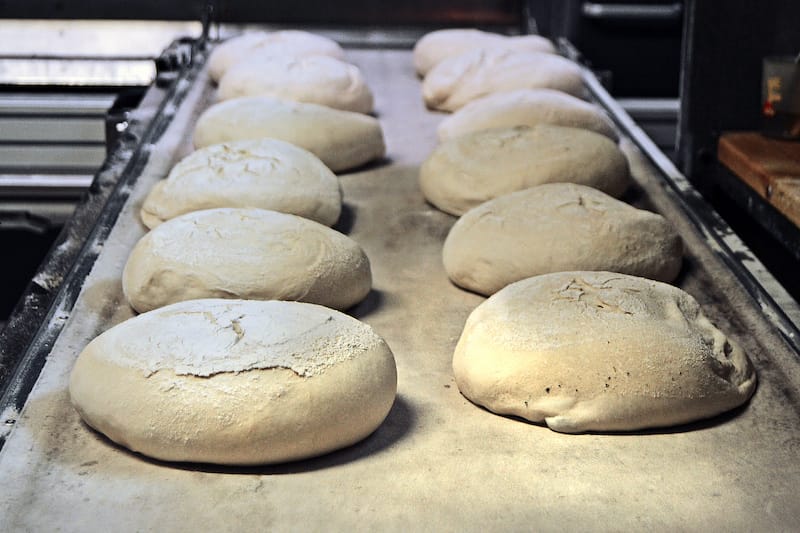
Later that century, in 1789, while the French were busy with their own Revolution, angry Barcelonans, mostly women, took over the streets spontaneously to march against the rising price of the bread caused by poor harvests and political corruption. These revolts, known as Els Rebomboris del Pa (the Bread Riots), lasted several days and rapidly became violent; bakeries were attacked and the Town Council oven was burnt down by fuming crowds shouting “Fora la fam,” or “hunger out.”
The revolt was suppressed by Spanish troops with the help of the local nobles and the bakers’ guilds. The repression, led by the authorities, was brutal: six people were executed publicly, and more than a hundred were deported to North African prisons. Some historians point out that what lay behind the Bourbon royals’ disproportionate reaction to the popular demonstrations was the fear of French revolutionary ideas entering the Iberian Peninsula via Barcelona.
Nowadays, in contemporary (and relatively peaceful) Catalonia, bread is not as contentious of an issue – in some ways, the staying power of Catalan farm bread speaks to its esteemed standing. Until the second half of the 19th century, bakery and homemade breads were round and had a compact dark crumb due to the less processed flours used back then. At the start of the 20th century, however, the baking system was revolutionized; new machinery such as cylinder mills, kneading appliances and electric ovens were invented, new flours were available and yeasts that sped up fermentation were created specifically for bakeries.
The staying power of Catalan farm bread speaks to its esteemed standing.
This modernization also involved homogenization; bakers focused on quicker and more industrialized methods and started the mass production of poorer quality baguette-shaped breads. But somehow, farm bread managed to survive the baguette invasion both in rural and urban worlds.
In 2013, the European Commission recognized the importance of pa de pagès by adding it to the list of protected geographical indications, referring to products that can only be sold under their name if they are produced in a specific region and using specific methods. As a result, the PGI Catalan Farm Bread Regulatory Council was created to guarantee that the bread is made according to the traditional artisanal method, with slow fermentation and using refractory stone ovens. This bread can only be sold in 250-gram, 500-gram, 1-kilo or 2-kilos sizes, and it is always delivered in a brown paper bag that contains a unique serial number, to keep track of how many loaves have been sold, as well as the PGI logo.
Most bakeries in Barcelona sell their own version of pa de pagès but only 25 officially meet PGI standards. This official organization also hosts the Best Catalan Farm Bread of the Year contest and, luckily for us, the 2018 finalists were bakeries from Barcelona: Forn Mistral, Forn de Pa Padró and L’Obrador dels 15.
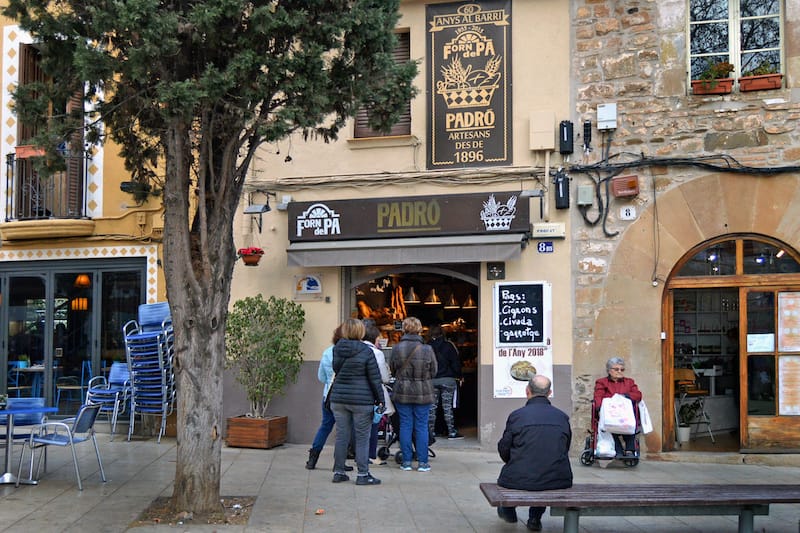
Forn de Pa Padró is family-run bakery located in Nou Barris district and managed by Marc Padró, a fifth-generation baker. Long fermentation and natural yeasts are the secret to his delicious breads and the reason why his two bakeries are neighborhood institutions.
In the Horta-Guinardó area, L’Obrador dels 15 is owned by David Porta, a fourth-generation baker. Aware of how badly modified wheat has been in the past 60 years, he has made it his goal to bake bread with less refined and healthier flours made with whole grains such as khorasan wheat and spelt.
Andreu Bertran, the owner of Forn Mistral, located in the city center, is another fifth-generation baker. It is not unusual to see people queuing outside his shop for his high-quality breads and his renowned croissants.
Editor’s note: Our recurring Building Blocks feature focuses on foods and ingredients that are fundamental to the cuisines we write about.
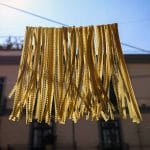 April 12, 2021 Building Blocks
April 12, 2021 Building Blocks
In the early 18th century, before there was the Spinning Jenny, the Cotton Gin and the […] Posted in Naples April 7, 2021 Sping (Food) Break 2021
April 7, 2021 Sping (Food) Break 2021
There is a day in February when we raise our noses to the sky like dogs and catch the […] Posted in Tbilisi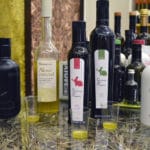 October 19, 2020 Building Blocks
October 19, 2020 Building Blocks
Spain, Italy, Greece, Turkey, Portugal, Morocco, Tunisia – one thing that unites this […] Posted in Barcelona
Published on March 21, 2019
Related stories
April 12, 2021
Naples | By Kristin Melia
NaplesIn the early 18th century, before there was the Spinning Jenny, the Cotton Gin and the steam engine, a new machine was making waves in Gragnano, the grain capital of the Kingdom of Two Sicilies. It was the torchio, the pasta extruder. And it would radically and permanently change the diet of Italy. Just beyond…
April 7, 2021
TbilisiThere is a day in February when we raise our noses to the sky like dogs and catch the first teasing wisps of spring. Our eyes widen, we nod and chime with giddy grins, “It’s coming.” Then the weather turns with a cold snap or even snow and we forget all about spring until one…
October 19, 2020
BarcelonaSpain, Italy, Greece, Turkey, Portugal, Morocco, Tunisia – one thing that unites this swathe of the Mediterranean is olive oil, whose use in the Fertile Crescent can be traced back to 6000 B.C.E. Olives arrived in the southern part of the Iberian Peninsula around 9th century B.C.E. with the Phoenicians. Ancient Rome saw huge quantities…







































